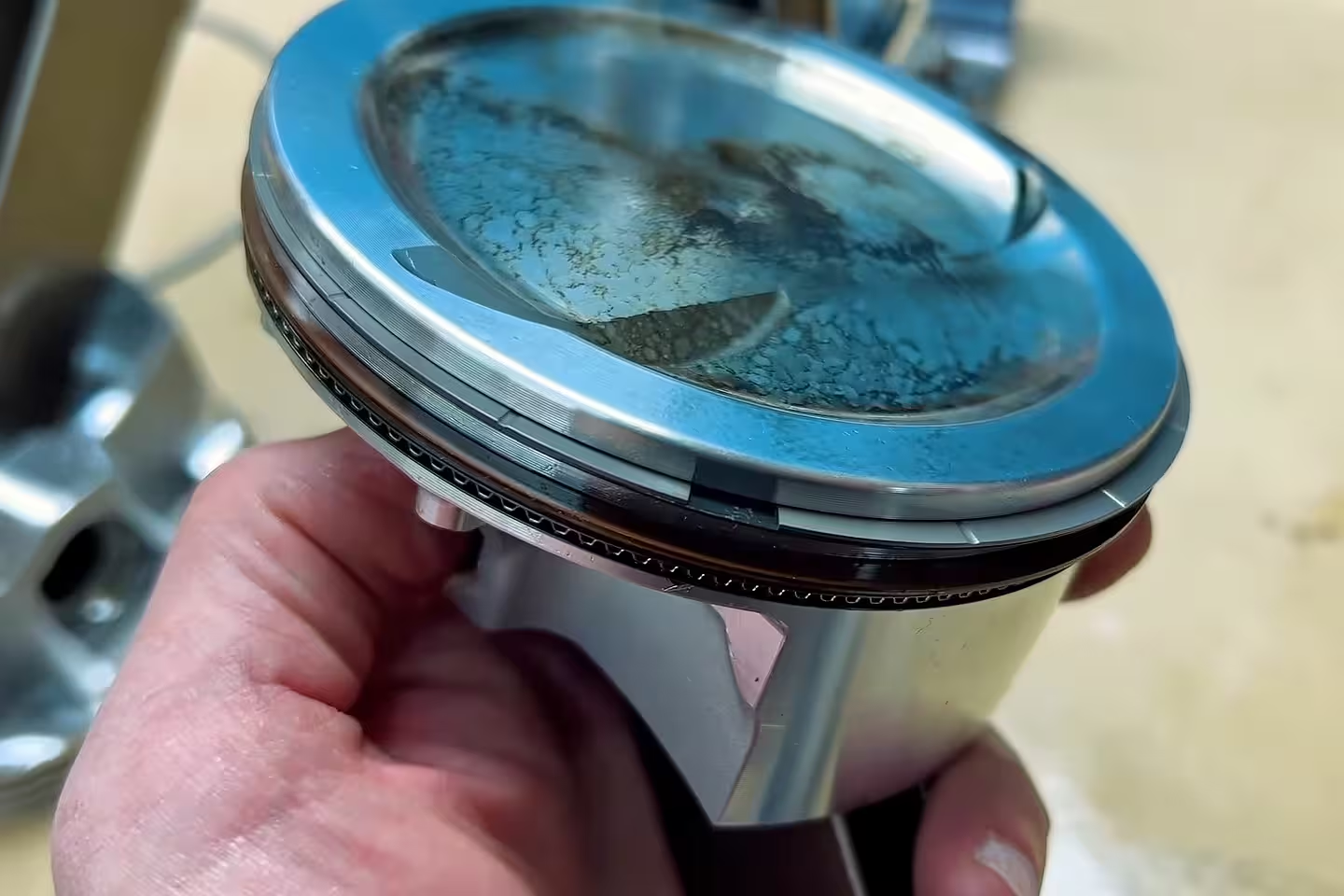One of the things that not a lot of people get to see, is the research and development process that goes on behind the scenes at Total Seal Piston Rings. While a lot of people think, “It’s just a piston ring, how complicated can it be?” they are partially correct. Total Seal has really figured out how to make rings perfectly round, and has maximized the material science when it comes to getting rings thinner. So the next path of discovery is in the piston ring coatings being developed and applied to the rings.
In their research with Dr. Peter Lee of the Southwest Research Institute, one of the piston ring coatings they have come up with is what is being called VH6 or variable hardness coating number six. For a deep dive into the science of that, you need to check out the first part of the test in the video below. In that video, they discuss what they expect to see from the new coating, and how it should impact the engine.
On paper, the variable hardness coating should be soft enough to break in with ease, then harden as it’s heat-cycled to provide a protective barrier on the rings’ surface, which has the side benefit of about half the coefficient of friction of current ring coatings. Almost too good to be true, making an easier-to-break-in, slicker, stronger ring, with no compromises.
?si=_ELwFbEiJ5xIwTaD
We all know that what works on paper might not work in the real world, so Lake Speed, Jr. took the new coating, applied it to a set of rings for the test-mule engine they keep at Shaver Specialty, and had “Dyno Don” MacAskill run the engine in. In part one of that test, the easy break-in properties of VH6 were confirmed in real life. The question is will the coating harden as expected, improve sealing and reduce friction, and provide real-world gains?
What Speed and MacAskill are looking for from their test mule is an increase in torque. With over seven years of data on this exact engine on this exact dyno, detecting even the smallest changes is an easy task. However, no magnifying glass was needed as an easy-to-see average increase of six pound-feet of torque is plainly visible on the dyno graph, proving that the rings are both sealing better and reducing friction.
So, while Total Seal has perfected making a ring round, flat, and thin ring, they are still hard at work trying to extract every last possible bit of…
Click Here to Read the Full Original Article at DragzineDragzine…

